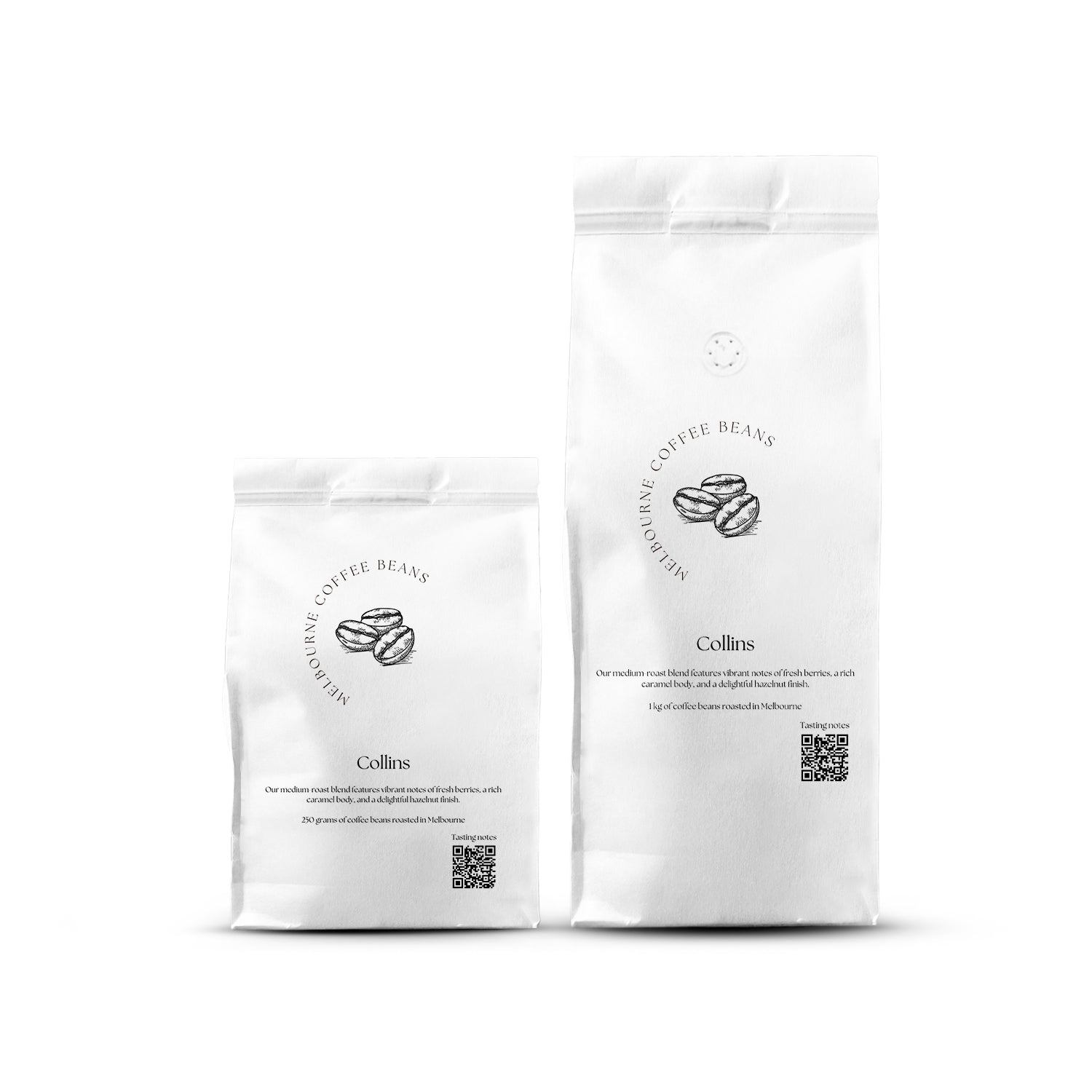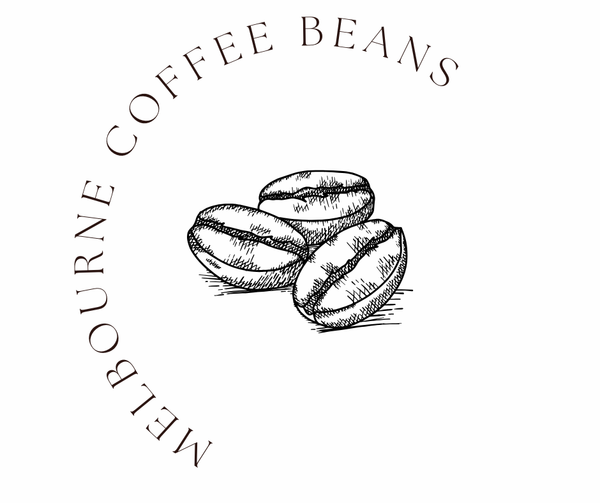Picture this: You're standing in your local coffee shop, the aroma of freshly ground beans wafting through the air. The menu board is a maze of options - Arabica, Robusta, single-origin, and espresso blend. Your mind races, trying to decipher what it all means - and ultimately, you wonder how to choose the best cup.
For many coffee drinkers, choosing between different types of coffee beans can be overwhelming. Whether you're a casual sipper, a budding coffee aficionado, or an aspiring cafe owner, understanding coffee varietals is key to finding your perfect brew.
In this guide, we'll explore the four main types of coffee beans - Arabica, Robusta, Liberica, and Excelsa - and dive into popular varieties that dominate the global market. From Arabica's smooth, complex flavours to the strong, intense notes of Robusta, we'll help you navigate the rich tapestry of coffee bean varieties.
Key Takeaways
- There are four main types of coffee beans: Arabica, Robusta, Liberica, and Excelsa, each with unique flavour profiles.
- Coffee beans are grown primarily in tropical regions across the globe, with different varieties thriving in specific climates.
- Factors like origin, processing method, and brewing technique significantly influence the final cup's flavour, from smooth Arabica to bold Robusta and unique Liberica or Excelsa.
What Are Coffee Beans
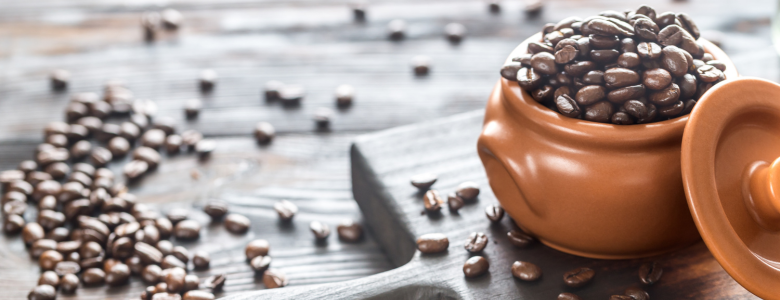
Coffee beans are actually the seeds found inside the fruit of coffee plants, commonly called "cherries". These beans are harvested, processed, and roasted to create the aromatic brew we know and love. The two most common species used in coffee farming are Coffea arabica (Arabica) and Coffea canephora (Robusta), with Liberica and Excelsa beans making up a small fraction of the world's coffee production.
Arabica beans, known for their smooth, complex flavour profile, account for about 60-70% of global coffee cultivation. Robusta beans, with their strong flavour and higher caffeine content, make up most of the remainder. Liberica and Excelsa beans, while less common, offer unique flavours that are gaining appreciation among coffee lovers.
Where Are Coffee Beans Grown
So, where do coffee beans come from? Coffee plants thrive in tropical climates, typically grown in regions between the Tropics of Cancer and Capricorn. This area, often referred to as the "Coffee Belt", includes parts of Central and South America, Africa, the Middle East, and Southeast Asia.
Arabica plants prefer high altitudes and are commonly grown in countries like Colombia, Ethiopia, and Kenya. Robusta, more disease-resistant and highly productive, is often cultivated at lower elevations in countries such as Vietnam (the world's foremost exporter of Robusta) and Brazil.
Liberica and Excelsa beans are primarily grown in specific regions of Southeast Asia and Western Africa, contributing to these areas' unique coffee landscapes.
Factors Affecting Coffee Bean Growth
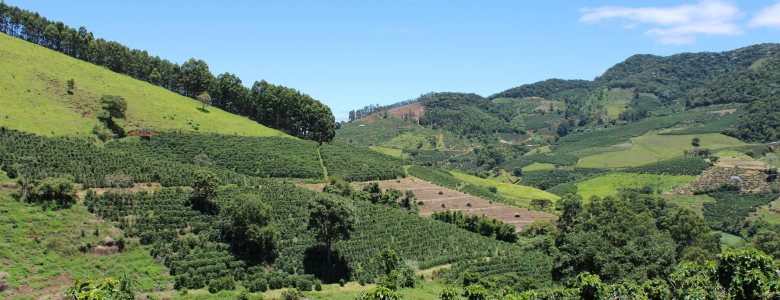
Several factors significantly influence coffee bean growth and the resulting flavour profile:
- Altitude: Higher altitudes generally produce denser, more flavourful beans. Arabica varieties, in particular, thrive at elevations between 1,000-2,000 metres above sea level.
- Climate: Coffee plants require specific temperature ranges and rainfall patterns. Sudden climate changes can lead to issues like coffee rust, a leaf rust disease that has devastated many coffee farms.
- Soil composition: The mineral content and pH level of the soil directly affect the coffee plant's health and the beans' flavour.
- Shade: Many high-quality coffees are shade-grown, which can enhance flavour development and serve as a natural insect repellent.
- Processing method: How the coffee cherries are processed after harvesting (e.g., washed, natural, or honey process) significantly impacts the final taste.
- Varietal: Different coffee varieties, such as Typica, Bourbon, or Gesha, have distinct characteristics that influence flavour, yield, and disease resistance.
Understanding these factors helps explain why coffees from different regions have such diverse taste profiles, from the fruity flavours of some African beans to the chocolatey notes often found in Central American coffees.
The Main Types Of Coffee Beans
Four main different types of coffee beans dominate the coffee landscape, each offering unique flavour and characteristics. Understanding these different types of coffee beans can enhance your appreciation for your daily cup and help you explore new tastes and brewing methods.
Arabica Beans
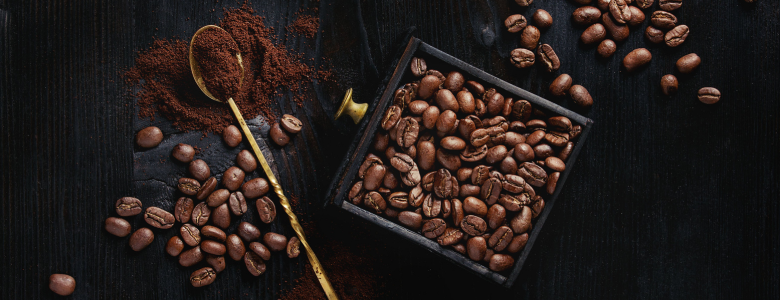
Arabica coffee beans are the darlings of the coffee world, prized for their smooth, complex flavour. The Arabica variety accounts for about 60-70% of the global coffee supply chain and is often considered the gold standard for quality coffee.
Arabica coffee varieties like Typica and Bourbon are highly sought after for their exceptional taste. However, Arabica plants are more susceptible to disease and pests, making them challenging to cultivate.
Characteristics:
- Flavour: Sweet and soft with notes of sugar, fruit, and berries
- Acidity: Higher than Robusta, contributing to a wine-like taste
- Caffeine: Lower content compared to Robusta bean
- Growing conditions: Thrive at high altitudes in subtropical climates
Arabica beans primarily grow in Latin America, particularly in countries like Colombia, Brazil, and Guatemala. It's also cultivated in African nations such as Ethiopia (its original home) and Kenya, where the Kenyan Coffee Research Station has developed renowned varieties like SL28 and SL34. Parts of Asia, including India and Indonesia, also produce significant amounts of Arabica coffee.
Robusta Beans
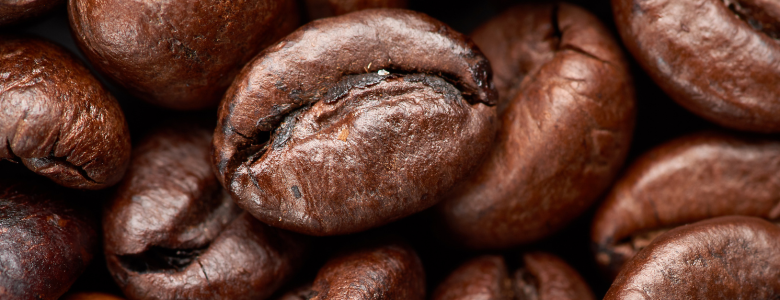
Robusta coffee beans are the workhorses of the coffee world, known for their strong flavour and high caffeine content. They're often used in espresso and instant coffee due to their bold taste and ability to produce a rich crema.
A robusta coffee plant is hardier and yields higher than Arabica, making it popular among many farmers. Typically, Robusta produces lower-quality coffee than Arabica, but high-grade Robusta beans can offer a unique and enjoyable taste experience, especially in espresso blends or cold brews.
Characteristics:
- Flavour: Strong, often described as harsh or rubbery
- Acidity: Lower than Arabica bean
- Caffeine: Nearly double the caffeine of Arabica
- Growing conditions: More resilient, can grow at lower altitudes
Robusta bean is predominantly grown in Central and Western Africa, parts of Southeast Asia, and Brazil. Vietnam is the world's largest producer of Robusta beans, followed by Brazil and Indonesia. In Africa, countries like Uganda and Ivory Coast are significant Robusta producers.
Liberica Beans
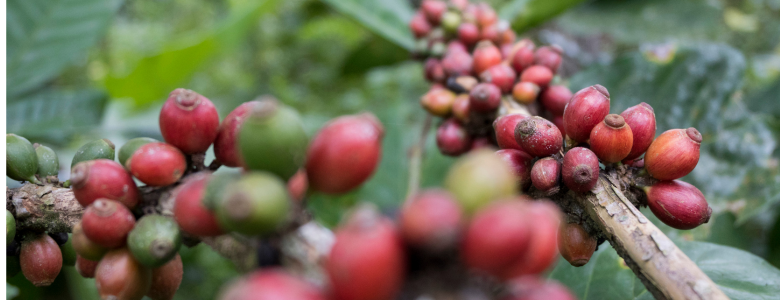
Liberica coffee beans are a rare treat, making up only a small fraction of global coffee farming. Native to Liberia in West Africa, these beans are now primarily grown in Southeast Asia. Liberica bean offers a unique taste profile that's distinctly different from Arabica or Robusta. It's often described as having a 'woody' taste, which can be divisive among coffee drinkers.
Characteristics:
- Flavour: Full-bodied with a smoky, nutty taste and floral aroma
- Bean size: Larger and more irregular than Arabica or Robusta
- Growing conditions: Thrives in hot, humid climates
Liberica coffee bean is now primarily grown in Southeast Asian countries, particularly the Philippines and Indonesia. Malaysia also produces Liberica, where it's known as 'Kopi Klasik', and in the Philippines, it's often called 'Barako' coffee and is an important part of the local coffee culture. Small amounts of Liberica are still grown in West African countries, including Liberia and Ivory Coast.
Excelsa Beans
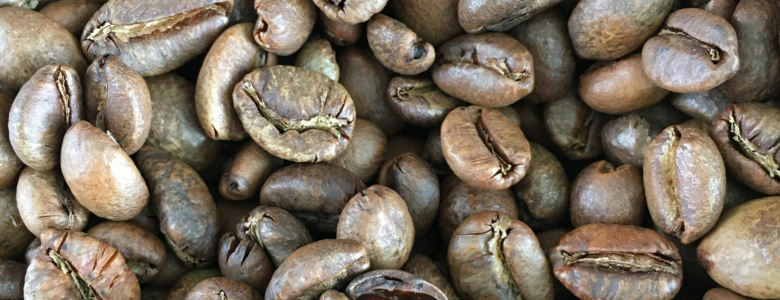
Excelsa coffee beans, recently reclassified as a member of the Liberica family, are another rare variety that offers a taste experience unlike any other. Excelsa is often used in blends to add complexity and depth to the flavour profile. Its unique taste is said to have characteristics of both light and dark roasts, making it an intriguing option for coffee enthusiasts looking to expand their palate.
Characteristics:
- Flavour: Complex, combining light roast tart notes and dark roast flavours
- Aroma: Strong and fruity
- Growing conditions: Similar to Liberica, thrives in Southeast Asian climates
Excelsa bean is primarily grown in Southeast Asia, particularly in Vietnam and the Philippines. It's also found in small quantities in parts of Africa, such as Chad and Sudan. Due to its limited production, Excelsa isn't widely available in the global market and is often considered a specialty.
Popular Coffee Varieties
While we've explored the main types of coffee beans, the world of coffee is incredibly diverse, with numerous varieties offering distinct profiles. These varieties, predominantly of the Arabica species, have been developed through natural mutations, selective breeding, or discovered as wild cultivars. Each brings its own characteristics to your cup, whether you're enjoying a hot espresso or a refreshing iced coffee at your local coffee shop.
Typica
Typica varieties are the original Arabica bean type and the genetic parent of many other varieties. Known for its excellent cup quality, Typica produces coffee beans with a clean, sweet flavour and light body.
- Origin: Ethiopia
- Flavour profile: Sweet, clean taste with high acidity
- Growing regions: Central and South America, Jamaica, Indonesia
Bourbon
Named after the island of Bourbon (now Réunion), this variety is a natural mutation of Typica. Bourbon coffee beans are known for their sweet flavour and balanced acidity.
- Origin: Réunion Island
- Flavour profile: Sweet with a complex aroma, often with fruity notes
- Growing regions: Central and South America, particularly Rwanda and Burundi
Geisha (Gesha)
Geisha, often spelled Gesha, is a highly prized variety known for its intense floral and fruity flavours. It gained fame in Panama but originated in Ethiopia.
- Origin: Ethiopia
- Flavour profile: Floral with jasmine, bergamot, and fruity notes
- Growing regions: Panama, Colombia, Costa Rica
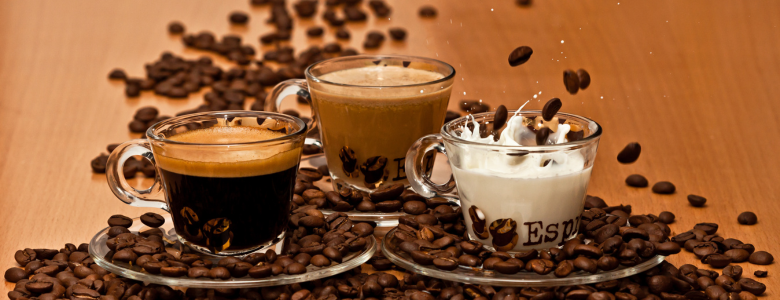
SL28 and SL34
Developed by Scott Laboratories in Kenya, these varieties are renowned for their exceptional quality and complex flavours.
- Origin: Kenya
- Flavour profile: Wine-like acidity, full body, with black currant notes
- Growing regions: Primarily Kenya, but also found in other parts of East Africa
Caturra
A natural mutation of Bourbon, Caturra is a dwarf variety that offers a high yield in a compact plant.
- Origin: Brazil
- Flavour profile: Bright acidity with medium body and sweetness
- Growing regions: Central and South America
Catuai
A hybrid of Mundo Novo and Caturra, Catuai is valued for its high yield and good cup quality.
- Origin: Brazil
- Flavour profile: Sweet with medium body and acidity
- Growing regions: Brazil, Central America, Hawaii
These varieties showcase the diversity within Arabica coffee. Each offers a unique taste experience, influenced by factors like growing region, processing method, and roast level.
Specialty Coffee And Single-Origin Coffee
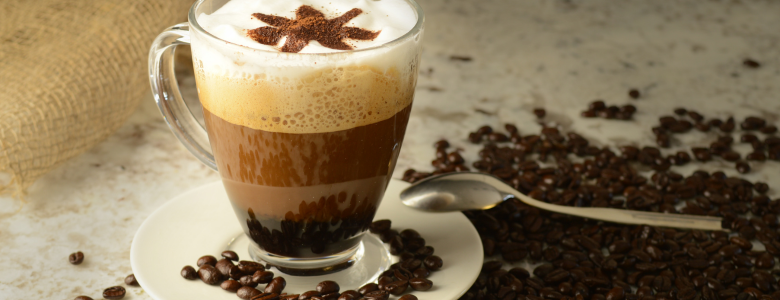
Specialty coffee refers to high-quality beans that are carefully cultivated, harvested, and processed to bring out their unique flavours. Single-origin coffee comes from a specific region, farm, or lot, allowing coffee enthusiasts to experience the distinct taste profiles of different areas.
These coffees often showcase the best qualities of Arabica beans, with flavour notes ranging from fruity and floral to chocolatey and nutty. These coffee beans can be enjoyed as espresso or brewed using various methods to highlight their complex flavour profiles.
Australian Coffee-Grown Varieties
While not as well-known as some global coffee regions, Australia produces its own unique coffee beans, primarily in Queensland and northern New South Wales.
- Australian-grown Arabica: Known for its smooth, mild flavour with low acidity.
- Queensland Gold: A variety developed to thrive in Australian conditions.
- Skybury: A popular brand of Australian coffee with a sweet, nutty flavour.
These coffees often have a distinct regional style, reflecting the unique growing conditions of the Australian landscape.
Why Should You Know Your Coffee Bean Type
Understanding different types of coffee beans can enhance your coffee experience by:
- Helping you choose beans that match your taste preferences.
- Allowing you to appreciate the unique characteristics of various coffees.
- Enabling you to experiment with different brewing methods suited to specific bean types.
- Enhancing your ability to discern quality and origin in the coffees you drink.
How To Choose The Right Coffee Bean For You
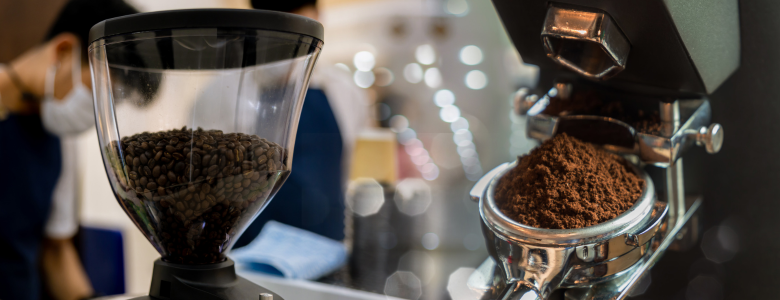
- Consider your flavour preferences: Do you enjoy intense flavour or milder tastes?
- Think about caffeine content: Robusta coffee beans contain more caffeine than Arabica.
- Decide on whole beans or pre-ground: Whole beans stay fresher longer.
- Consider your brewing method: Some beans work better for espresso, others for filter coffee.
- Experiment with different origins and roasts to find your favourite.
Sustainable and Ethical Coffee Choices
When choosing coffee beans, consider:
- Fair Trade certification: Ensures farmers receive fair prices.
- Organic certification: Indicates coffee grown without synthetic pesticides.
- Shade-grown: Promotes biodiversity and bird habitat.
- Direct trade: Supports direct relationships between roasters and farmers.
What Are The Best Brewing Methods For Each Coffee Bean Variety
- Arabica beans: Versatile, suitable for most brewing methods including pour-over, French press, and espresso.
- Robusta beans: Best for espresso blends and cold brews due to their strong flavour.
- Liberica and Excelsa beans: Experiment with a French press or cold brew to appreciate their unique flavours.
Consider using hot water between 90-96°C for optimal extraction, regardless of the bean type.
Does Grind Size Matter When Making Coffee Drinks?
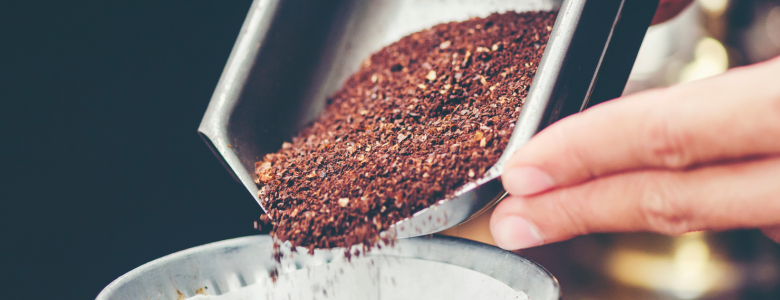
Yes, grind size is crucial in coffee preparation:
- Fine grind: Ideal for espresso and Turkish coffee.
- Medium grind: Suitable for drip coffee makers and pour-over methods.
- Coarse grind: Best for French press and cold brew.
The right grind size ensures proper extraction, balancing the flavours in your cup of coffee. Different coffee beans may require slight adjustments in grind size to achieve the best results.
Summary
Exploring different types of coffee beans opens up a rich tapestry of flavours and experiences. From the smooth, complex notes of Arabica beans to the bold, caffeine-rich profile of Robusta, and the unique characteristics of Liberica coffee, there's a bean for every palate. Whether you're brewing espresso beans for a quick morning pick-me-up or savouring the nuanced tastes of single-origins like Timor coffee, understanding various coffee types enhances your appreciation.
Remember, factors like origin, processing, and brewing method all influence the final cup - from mellow to harsh flavour profiles. So, embrace the diversity, experiment with various beans, and discover your perfect brew in this fascinating coffee landscape.
Frequently Asked Questions
What are the 4 types of coffee beans?
The four main types of coffee beans are Arabica, Robusta, Liberica, and Excelsa. Arabica and Robusta beans are the most common, while Liberica and Excelsa are rarer and mostly found in specific regions.
How many coffee bean varieties are there?
There are over 100 coffee species, but only a handful are commercially cultivated. Within these species, particularly Arabica, there are thousands of varieties and cultivars, each with unique characteristics and flavour profiles.
What is the difference between Arabica and Robusta?
Arabica beans are known for their smooth, complex flavours with hints of sugar, fruit, and berries. Robusta beans have a stronger, harsher taste with a grainy overtone and higher caffeine content. Arabica coffee beans are generally considered of higher quality.
What is the most famous coffee variety?
Arabica is the most famous and widely consumed coffee bean variety, accounting for about 60-70% of global coffee production. Its popularity stems from its smoother taste and lower caffeine content compared to other varieties.
